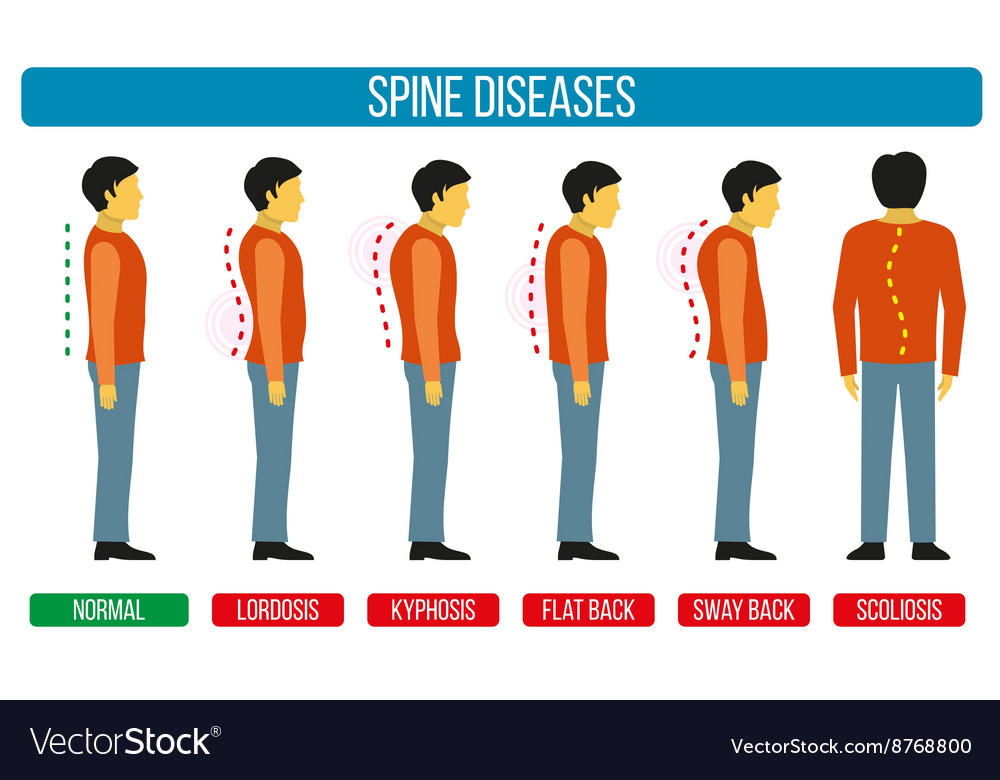Trick Daily Routines That Cause Back Pain And How To Reduce Their Impacts
Trick Daily Routines That Cause Back Pain And How To Reduce Their Impacts
Blog Article
back pain that comes and goes By-Bates Harper
Keeping proper position and staying clear of usual pitfalls in daily tasks can significantly affect your back wellness. From just how you rest at your workdesk to just how you raise heavy objects, small changes can make a big distinction. Picture a day without the nagging back pain that prevents your every move; the option may be easier than you think. By making a couple of tweaks to your everyday habits, you could be on your means to a pain-free presence.
Poor Position and Sedentary Way Of Living
Poor position and a sedentary way of living are two significant contributors to back pain. When you slouch or hunch over while resting or standing, you placed unnecessary stress on your back muscles and spinal column. you could try here can cause muscular tissue inequalities, tension, and eventually, chronic back pain. Furthermore, sitting for long periods without breaks or physical activity can deteriorate your back muscular tissues and cause tightness and discomfort.
To battle poor position, make a conscious effort to rest and stand up directly with your shoulders back and aligned with your ears. Keep in mind to keep your feet flat on the ground and avoid crossing your legs for extensive durations.
Including normal stretching and strengthening workouts into your everyday routine can also aid boost your posture and reduce pain in the back related to an inactive way of living.
Incorrect Lifting Techniques
Improper lifting strategies can substantially contribute to neck and back pain and injuries. When you raise hefty items, remember to flex your knees and use your legs to raise, as opposed to counting on your back muscular tissues. Prevent turning your body while training and maintain the item near your body to decrease strain on your back. It's crucial to keep a straight back and avoid rounding your shoulders while raising to stop unneeded stress on your back.
Constantly examine the weight of the object before lifting it. If it's also hefty, ask for assistance or usage devices like a dolly or cart to deliver it safely.
Keep in mind to take breaks throughout lifting tasks to provide your back muscular tissues an opportunity to rest and protect against overexertion. By executing appropriate training strategies, you can avoid neck and back pain and reduce the danger of injuries, ensuring your back stays healthy and strong for the long-term.
Absence of Routine Exercise and Stretching
A less active way of life devoid of routine exercise and stretching can dramatically add to neck and back pain and pain. When you do not engage in physical activity, your muscular tissues come to be weak and stringent, bring about poor stance and increased stress on your back. Routine workout helps enhance the muscles that support your back, enhancing security and decreasing the risk of neck and back pain. Integrating stretching into your routine can likewise enhance versatility, preventing tightness and pain in your back muscle mass.
To avoid neck and back pain caused by an absence of workout and extending, aim for at the very least thirty minutes of modest physical activity most days of the week. Consist of workouts that target your core muscle mass, as a strong core can assist reduce stress on your back.
In addition, take breaks to extend and relocate throughout the day, particularly if you have a desk task. Easy stretches like touching https://www.healthline.com/health/back-pain/chiropractor-for-sciatica or doing shoulder rolls can assist eliminate tension and stop back pain. Prioritizing normal workout and extending can go a long way in preserving a healthy back and lowering pain.
Final thought
So, bear in mind to sit up directly, lift with your legs, and stay active to prevent back pain. By making straightforward modifications to your everyday behaviors, you can prevent the discomfort and limitations that include neck and back pain. Look after your spinal column and muscles by exercising good posture, appropriate lifting techniques, and regular workout. Your back will thanks for it!
